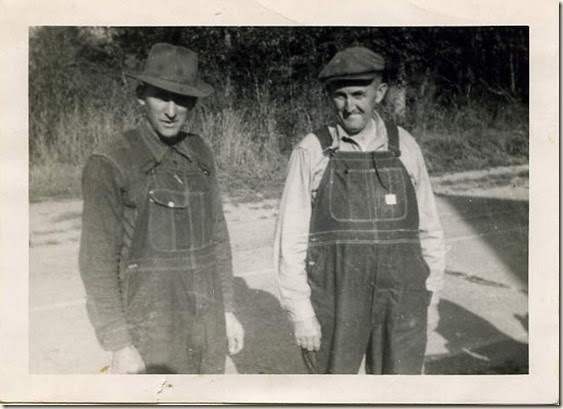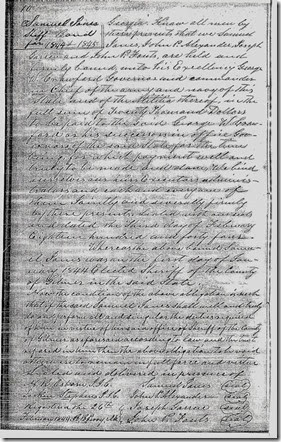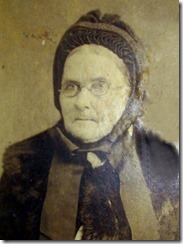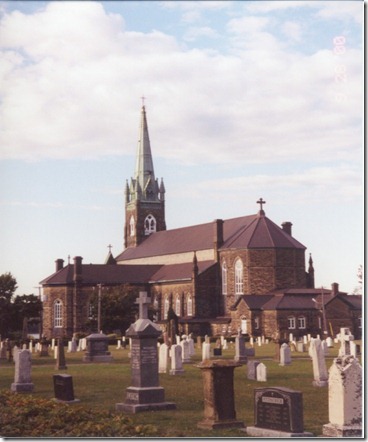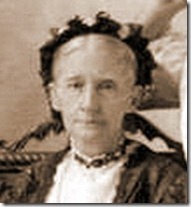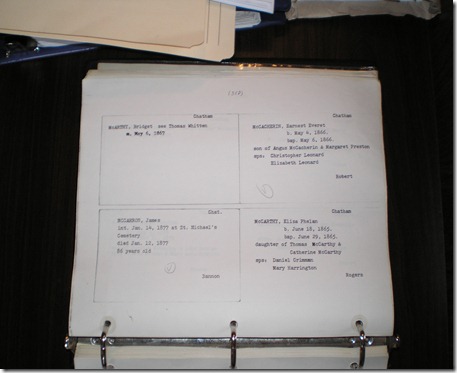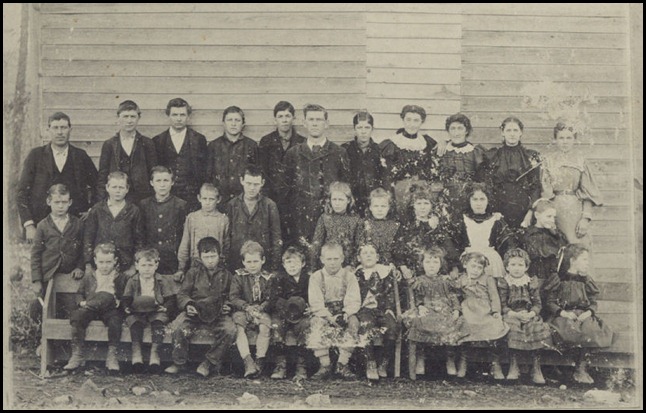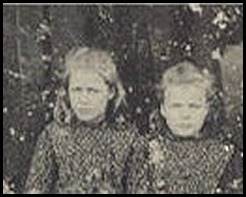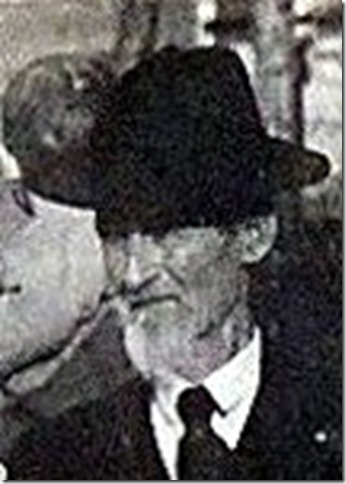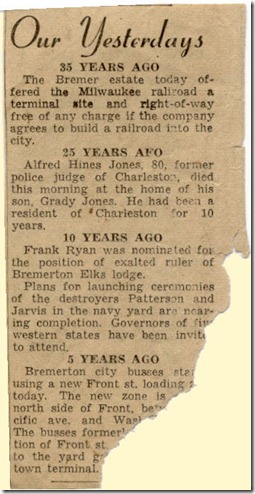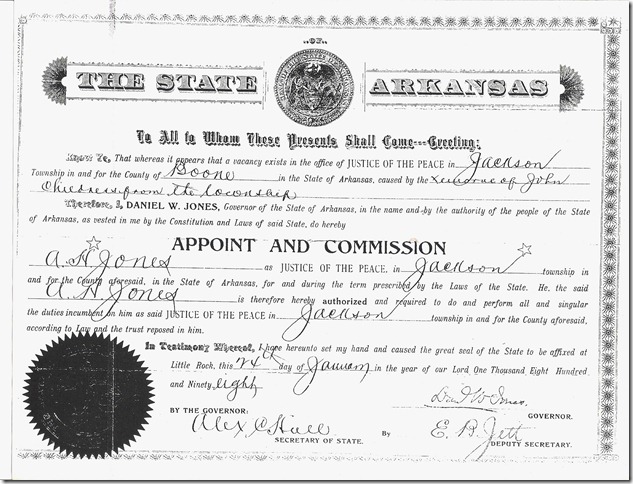For some ten years now since diving into family history I have been searching for a photo of our grandmother Martha Elizabeth Moulder. Sadly after rummaging through all the family photos left behind by Mom and Dad no photo of her ever emerged from that vast collection.
As time went by and various family histories and details began to become more and more available on the internet I thought surely some photo would appear from out of nowhere in some family tree or history. However that has not happened either.
When searching for data on this family the spelling of the Moulder surname takes on at least two different spellings. Some early family members adapted the spelling as Molder and there may be even more variations. I always defer to the earliest found version as Moulder.
Martha Elizabeth Moulder was but one of fifteen children of Samuel and Nancy Moulder and all having been born in Tennessee before the family migrated west to Arkansas. That happened sometime between 1860 and 1870 as revealed in census data. Martha would have been between the age of ten and twenty. One might surmise that the Civil War may have played a part in the motivation behind the family migration for it was a period of many people moving out of the old South to find better opportunities elsewhere. Maybe the period of reconstruction that began immediately after the war forced the Moulder family to move but that is only conjecture for many families lost all they had and had but little choice to move on to other areas less influenced by the War.
I often thought that with fifteen children in the family and probably many cousins, uncles and aunts perhaps also with large descending families that surely a photo of our grandmother would absolutely surface in these modern times. But alas nothing has emerged as of now. However pictures of some of her siblings have been submitted to internet sources and I have been able to find and copy some of them. It seems that this will have to do for now and at least we might begin to imagine what Martha Elizabeth Moulder Jones may have looked like. I am generating an image of my own over time and every one reading this will surely begin to form their own version of her appearance.
So wonder on and hopefully over time a real image of her will come to light and we can all cease to wonder. But for now, this is as good as it gets. Maybe some distant cousin, of which there is a multitude of currently, will come across this in some internet search and reward us all with a photo of our grandmother. I can only hope.
The following descriptions are what is known of all the fifteen family members and it really isn’t much but the photos are included here. Please excuse the poor quality of some for they may have been cropped and enlarged from a larger family group photo which were of poor quality to begin with.
![clip_image001[20] clip_image001[20]](https://blogger.googleusercontent.com/img/b/R29vZ2xl/AVvXsEjbIqSzQO6soBl3LvypbHBn_Oef2fnL5sySjnPOc0lTHXHc-AeIYJC4OnNtLpL-zibRV-CpXmaWscdl0TfWlK0t378kyJzY5gB5sNw_8ZkbmuhzWPRn3O_dMyg19rFJLdpA4NuvgNDC12w/?imgmax=800) Descendants of Samuel Moulder and Nancy Luster
(No pictures have been found of either of these parents)
Samuel Moulder
Descendants of Samuel Moulder and Nancy Luster
(No pictures have been found of either of these parents)
Samuel Moulder
Born: 16 October 1801, Carthage, Warren County, Tennessee
Died: 8 October 1888, Denver, Carroll, Arkansas
Buried: Green Forest Cemetery, Denver, Carroll County, Arkansas
Nancy Luster
Born: 1811, Kentucky
Died: 1899, Denver, Carroll County, Arkansas
Buried: Green Forest Cemetery, Denver, Carroll County, Arkansas
Records state burial of both the parents in Green Forest Cemetery but the graves have been lost.
 Children in order of birth:
Children in order of birth: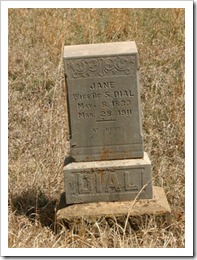 Mary Jane Moulder (Dial)
Mary Jane Moulder (Dial)
Born: 8 May 1833, Tennessee,
Died: 28 March 1911, Clayton, Payne County, Oklahoma
 Elizabeth Moulder (Smith)
Elizabeth Moulder (Smith)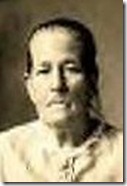
Born: 1835, Tennessee
Died: 20 December 1920, Barren, Kentucky
Buried: Payne Cemetery, Thompkinsville,
Monroe County, Kentucky
![clip_image001[1] clip_image001[1]](//lh3.ggpht.com/-yS4ROuF8LZI/ULZILjbWUgI/AAAAAAAASPw/IjLH9F-9BE0/clip_image0011_thumb.gif?imgmax=800) William Madison Moulder
(No photo found)
William Madison Moulder
(No photo found)
Born: 1836, McMinnville, Warren County, Tennessee
Died: 24 November 1927, Tennessee
Buried: Grave not located
![clip_image001[2] clip_image001[2]](//lh3.ggpht.com/-xuMaTR5Lmcs/ULZIOu8qWiI/AAAAAAAASQA/xZQxqdIdwNw/clip_image0012_thumb.gif?imgmax=800) Jeremiah Moulder
(No photo found)
Jeremiah Moulder
(No photo found)
Born: 1838, Warren County, Tennessee
Died: 21 May 1881
Buried: Grave not located
 Alexander Moulder
Alexander Moulder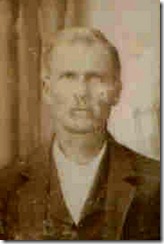
Born: 1 July 1839, McMinnville, Warren County, Tennessee
Died: 1900, Bell, Texas
Buried: Grave not located
![clip_image001[3] clip_image001[3]](//lh6.ggpht.com/-7DYA53Q_DkU/ULZISkmhTZI/AAAAAAAASQw/qGeeQikVk6c/clip_image0013_thumb.gif?imgmax=800) Jonathan Tipton Moulder
(No photo found)
Jonathan Tipton Moulder
(No photo found)
Born: About 1841, Warren County., Tennessee
Died: 14 July 1889, Stone County, Missouri
Buried: Grave not located
![clip_image001[4] clip_image001[4]](//lh3.ggpht.com/-6OLLQDPhymE/ULZITgNSamI/AAAAAAAASRA/hlZYvsYxY60/clip_image0014_thumb.gif?imgmax=800) Sarah Moulder (Martin)
Sarah Moulder (Martin)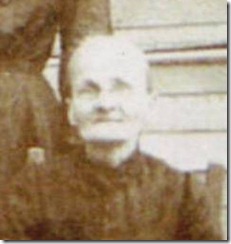
Born: 20 December 1842, Warren County, Tennessee
Died: 9 March 1922, Sherman, Grayson County, Texas
Buried: Grave not located
 Samuel Houston Moulder
Samuel Houston Moulder
Born: 27 January 1844, McMinnville, Warren County, Tennessee
Died: 27 October 1906, Denver, Carroll County, Arkansas
Buried: Denver Cemetery, Carroll County, Arkansas
Grave photo not posted online. Records state
he was buried in this cemetery but grave appears to
be a lost grave.
 Pleasant Andrew Moulder
(No photo found)
Pleasant Andrew Moulder
(No photo found)
Born: 7 November 1845, McMinnville, Warren County, Tennessee
Died: 3 March 1895, Denver, Carroll County, Arkansas
Buried: Grave not located
![clip_image001[5] clip_image001[5]](//lh6.ggpht.com/-Gd-ystoWB4A/ULZIZYlijgI/AAAAAAAASSQ/Am39XKDMV8w/clip_image0015_thumb.gif?imgmax=800) Margaret A. Moulder (Owens)
Margaret A. Moulder (Owens)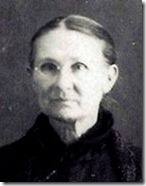
Born: May 1847, McMinnville, Warren County, Tennessee
Died: 12 May 1924, Crittenden, Cherokee County, Oklahoma
Buried: Grave not located
 Amanda Melvina Moulder (Roark)
Amanda Melvina Moulder (Roark)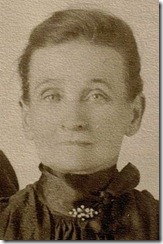
Born: 28 July 1811 December 1848, McMinnville, Warren County, Tennessee
Died: 12 May 1924, Quay County, New Mexico
Buried: Tucumcari, New Mexico
Grave photo not posted online. Grave may be lost
 Martha Elizabeth Moulder
Martha Elizabeth Moulder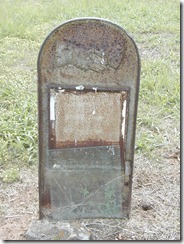
Born: 28 July 1850, McMinnville, Warren County, Tennessee
Died: 7 August 1894, Harrison, Boone County, Arkansas
Buried: Denning Cemetery, Boone County, Arkansas
 Ferdinand Moulder
Ferdinand Moulder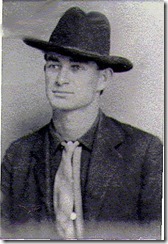
Born: 13 February 1852, McMinnville, Warren County, Tennessee
Died: 6 March 1930
Buried: Derden Cemetery, Hill County, Texas
May be a lost grave
![clip_image001[6] clip_image001[6]](//lh6.ggpht.com/-6g361gMq9ug/ULZIhnRZijI/AAAAAAAASUQ/DalZTz0Yexo/clip_image0016_thumb.gif?imgmax=800) Henry Moulder (Molder)
Henry Moulder (Molder)
Born: 22 March 1854, McMinnville, Warren County, Tennessee
Died: 14 April 1909, Fort Worth, Tarrant County, Texas
Buried: Oakwood Cemetery, Ft. Worth, Tarrant County, Texas
![clip_image001[7] clip_image001[7]](//lh6.ggpht.com/-XrQqEQE_At0/ULZIivEJPsI/AAAAAAAASUg/-gKfqNuzYQk/clip_image0017_thumb.gif?imgmax=800) Rollin Moulder
(No photo found)
Rollin Moulder
(No photo found)
Born: 4 May 1857, McMinnville, Warren County, Tennessee
Died: 8 August 1939, Wichita Falls, Wichita County, Texas
Buried: Old Electra Cemetery, Electra, Wichita County, Texas
No grave photo posted online. May be a lost grave
![clip_image001[8] clip_image001[8]](//lh4.ggpht.com/-LwkcI5dsKfc/ULZIjtPHzwI/AAAAAAAASUw/5zJR1yP2sRc/clip_image0018_thumb.gif?imgmax=800)
.



